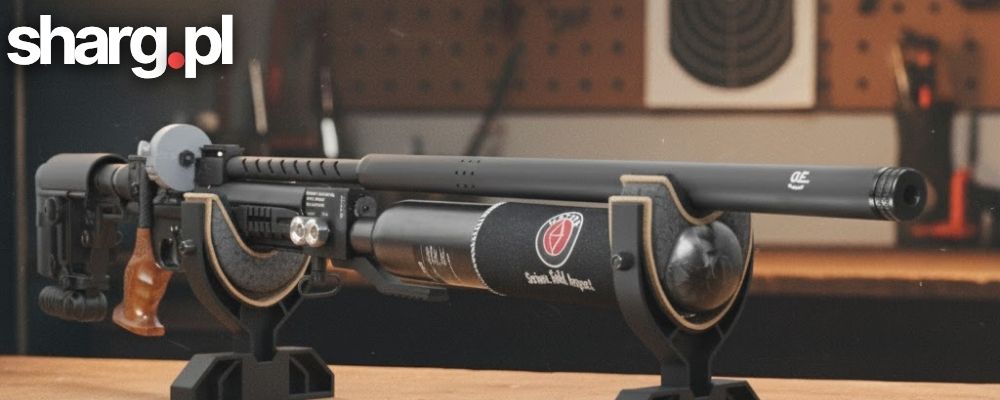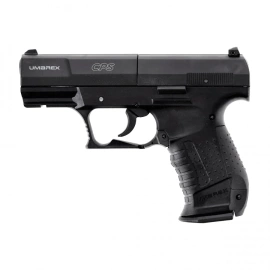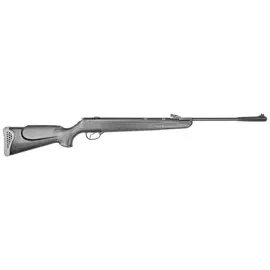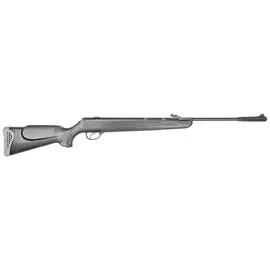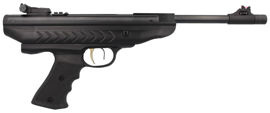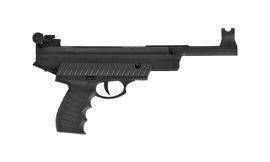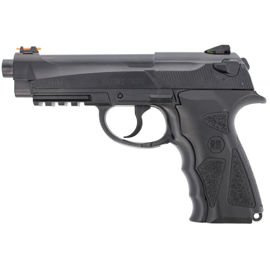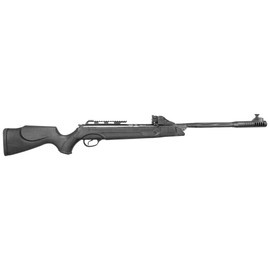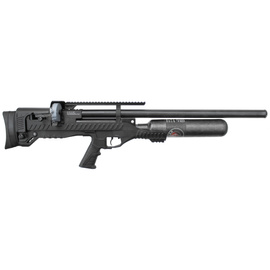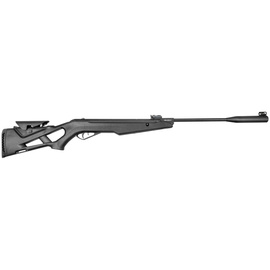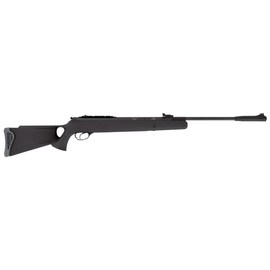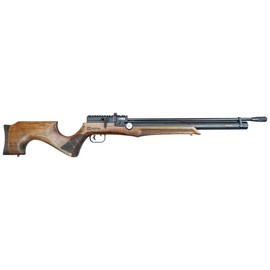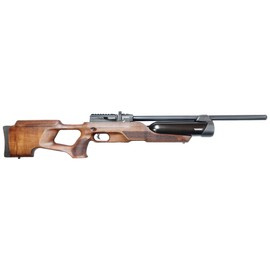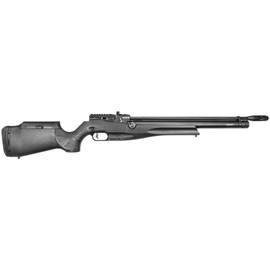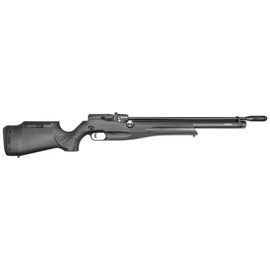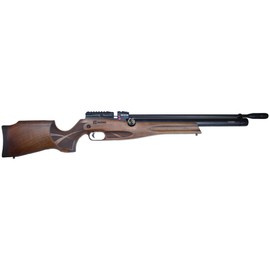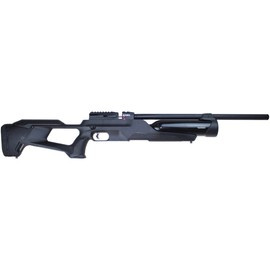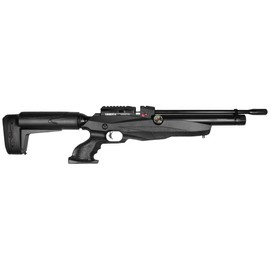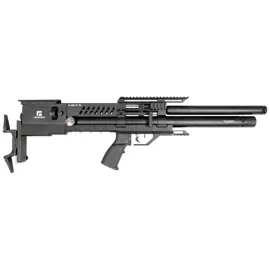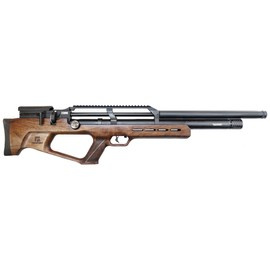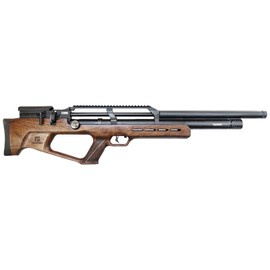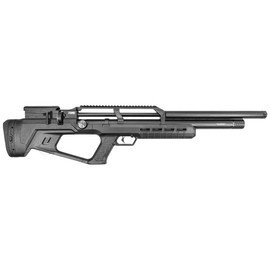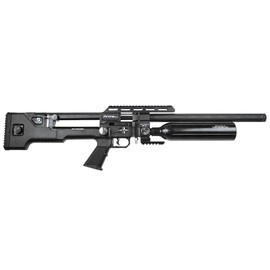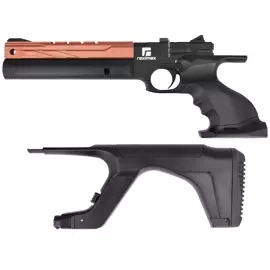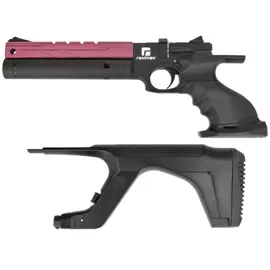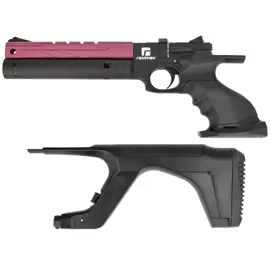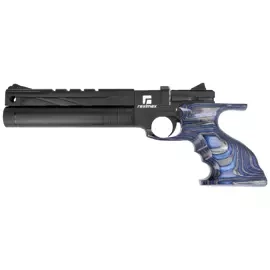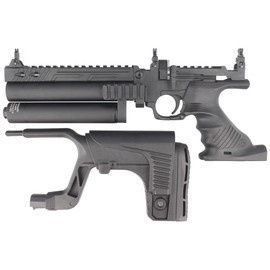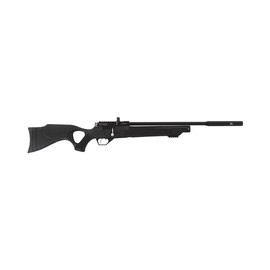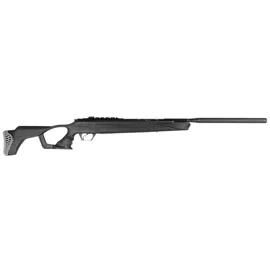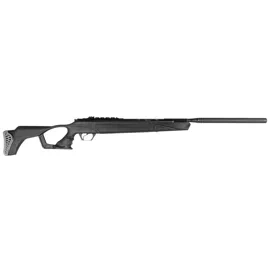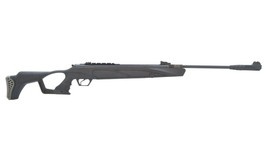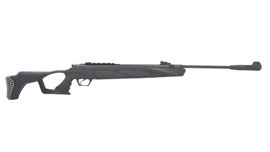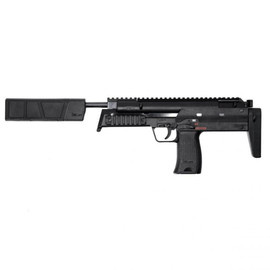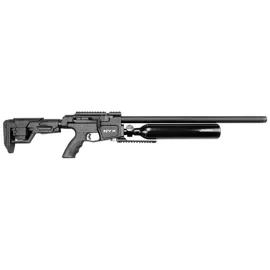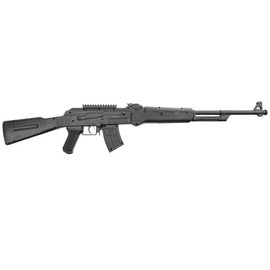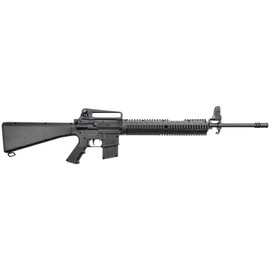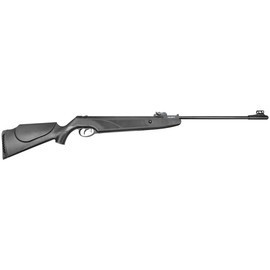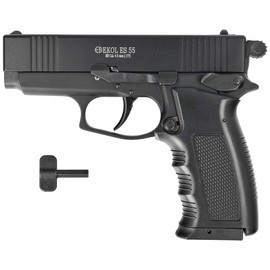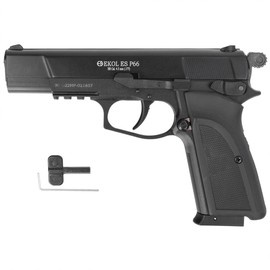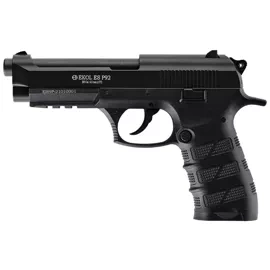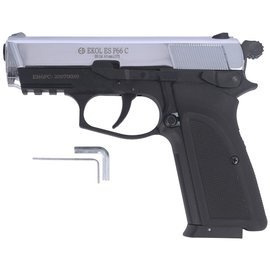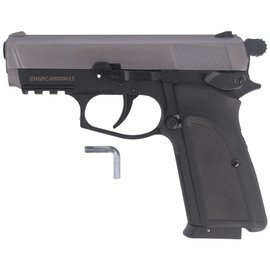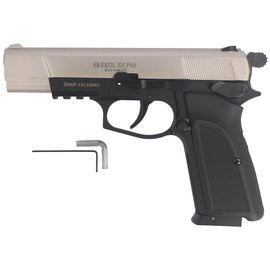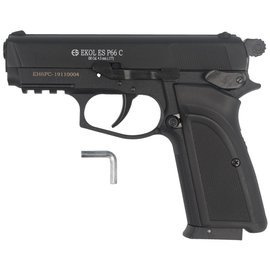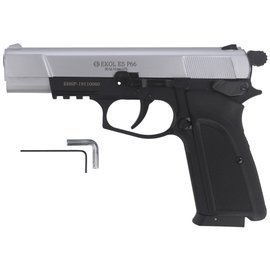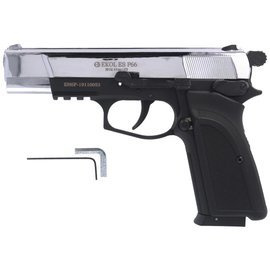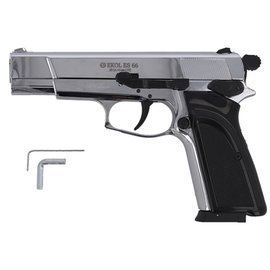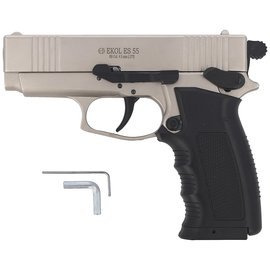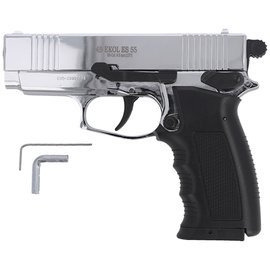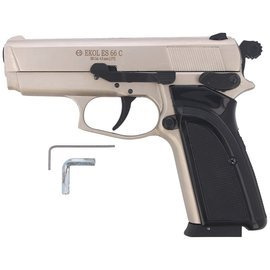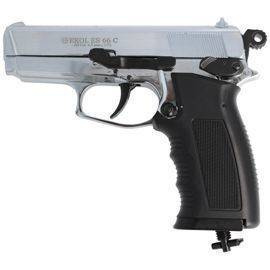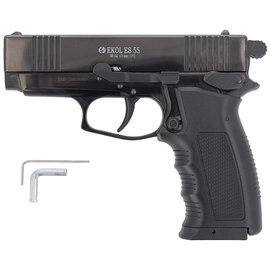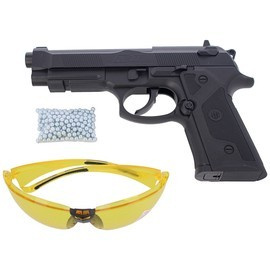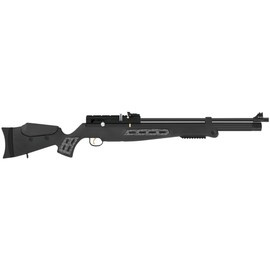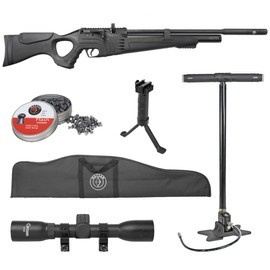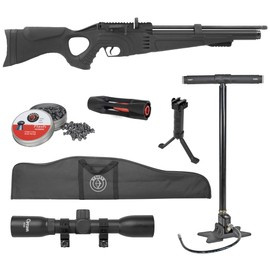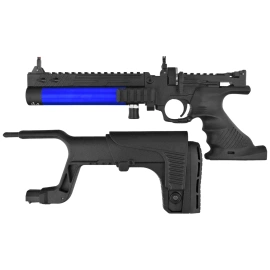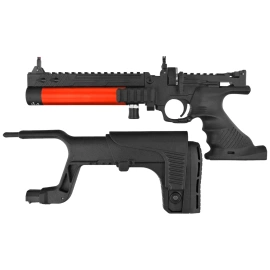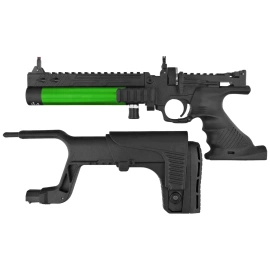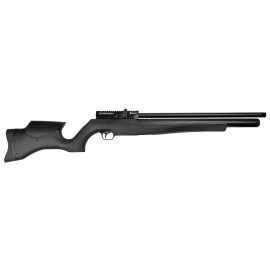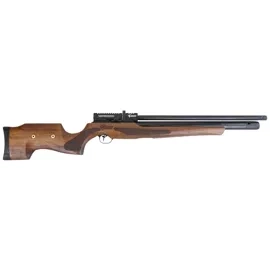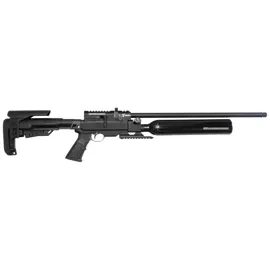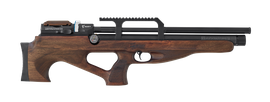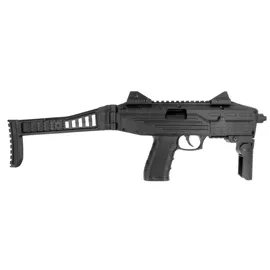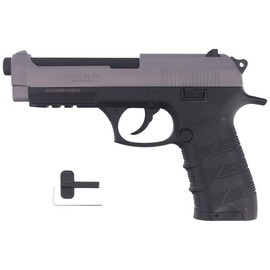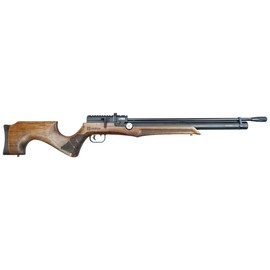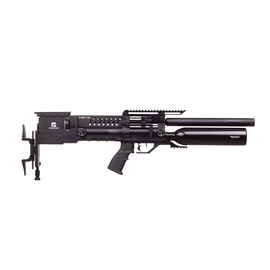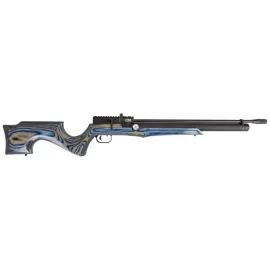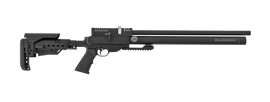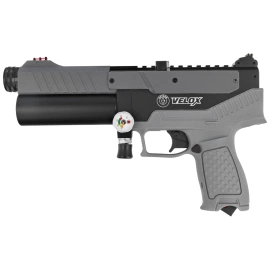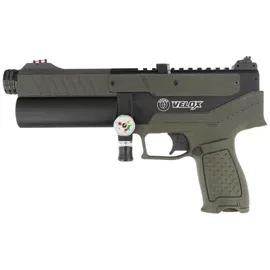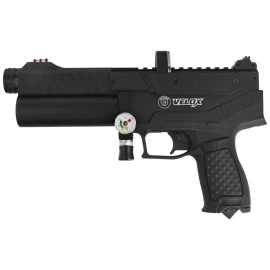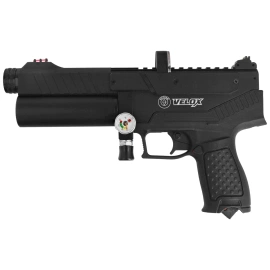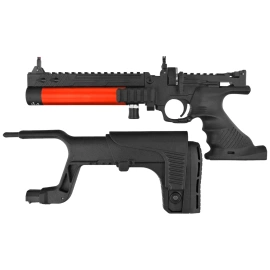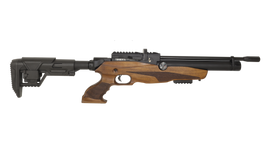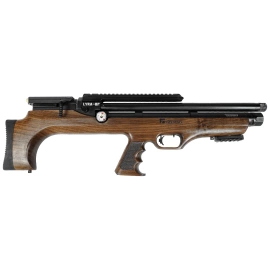Types of Air Rifles - Which One to Choose as a Beginner? A Comprehensive Guide
Airgun shooting is a fantastic hobby that attracts more enthusiasts each year. However, the vast array of models on the market can be overwhelming. As an instructor and expert, I’ve seen many beginners discouraged by poorly chosen equipment. My goal is to demystify the main types of air rifles and guide you through the decision-making process to help you make an informed choice for your first air rifle. Whether you’re looking for backyard relaxation or considering competitive shooting, this guide will point you in the right direction. Let’s start with the absolute classic and the true foundation of shooting.
Spring-Powered Air Rifles - Classic and Reliable
Spring-powered air rifles are undoubtedly the most classic and widespread type of airguns. For many of us, they mark the beginning of our shooting journey—and for good reason, as they provide an excellent foundation. The characteristic recoil, while challenging, teaches the core virtues of shooting: patience, body control, and consistent positioning. Working with a spring-powered rifle builds a solid foundation that pays off at every stage of your shooting journey.
How Do Spring-Powered Air Rifles Work?
The heart of the mechanism is a spring-piston system. Before each shot, you must cock the spring. This is typically done by "breaking" the barrel or using a dedicated lever. The cocked spring pulls the piston back, locking it in the rear position.
Pulling the trigger releases the lock, and the powerful spring rapidly pushes the piston forward. The piston compresses the air in the cylinder, creating enough pressure to propel the pellet out of the barrel at high speed. This cycle generates a noticeable recoil, often referred to as a "kick," which is a hallmark of spring-powered air rifles.
Most spring-powered rifles are single-shot, but some models, like the Hatsan Proxima or Hatsan Speedfire, feature multi-shot magazines.
Main Types of Cocking Mechanisms in Spring-Powered Air Rifles
There are three primary methods of cocking the spring, which define the rifle’s design.
Break-Barrel Air Rifles
This is the most popular and intuitive mechanism. The barrel itself serves as the cocking lever, which you "break" to cock the spring. It’s a simple and reliable solution, perfect for beginners. Breaking the barrel also provides easy access to load the pellet.
Underlever Air Rifles
In this design, the barrel is fixed, which helps maintain higher accuracy over the rifle’s lifespan. The spring is cocked using a separate lever located parallel to the barrel. A fixed barrel eliminates the risk of looseness in the barrel’s mounting.
Sidelever Air Rifles
This less common mechanism also uses a fixed barrel. The cocking lever is positioned on the side of the rifle’s body. While effective, this design is somewhat outdated and often less convenient than underlever systems. Its only advantage is easier shooting from a prone position.
Advantages and Disadvantages of Spring-Powered Air Rifles
Before deciding, it’s worth carefully weighing the strengths and weaknesses of this classic system.
Advantages
- Full Autonomy: Spring-powered rifles are completely self-sufficient. They don’t require additional power sources like compressed air cylinders or disposable CO₂ cartridges—just a pack of pellets, and you’re ready to shoot.
- Low Operating Costs: Apart from the initial purchase, the only cost is ammunition (pellets). There are no additional expenses related to the power system.
- Simplicity and Durability: The simple mechanical design is inherently durable and, with proper care, virtually trouble-free. A good spring-powered rifle can last for years, even decades.
- Learning Good Habits: The characteristic recoil forces shooters to develop patience and master consistent grip and stance. Mastering a spring rifle is the best training ground for shooting skills.
Disadvantages
- Recoil: The "kick" from the moving piston and spring is the main challenge. It can make accurate shooting difficult, especially for beginners, and requires practice to master.
- Physical Effort: Each shot requires physical effort to cock the rifle. Extended sessions can be tiring, and the cocking force varies by model. For example, the compact Hatsan Supertact, with its short lever, requires more effort than the longer Hatsan Airtact.
- Lower Rate of Fire: Cocking the barrel (or lever), loading a pellet, and re-aiming is time-consuming compared to other systems.
Recommended Spring-Powered Air Rifles:
Spring-powered air rifles are a fantastic, though demanding, introduction to the hobby. If you’re looking for convenience and rapid-fire capability, you might be drawn to the marketing of CO₂ systems—but proceed with caution.
CO₂ Air Rifles - Convenience and Replica Realism
Let’s be clear: CO₂ is primarily the domain of short-barreled firearm replicas. Their main purpose is recreational shooting at cans over short distances. The compact CO₂ cartridge allows for highly realistic pistol replicas. For rifles, CO₂ is often marketed as a cheaper alternative to PCP air rifles, but this only applies to the initial cost. Over time, the need to purchase CO₂ cartridges makes them less economical.
How Do CO₂ Air Rifles Work?
The power source is compressed carbon dioxide from disposable metal cartridges (typically 12g, occasionally 88g). Once the cartridge is punctured, the gas is ready for use. Pulling the trigger opens a valve, releasing a portion of the gas, which rapidly expands to propel the pellet out of the barrel.
Advantages and Disadvantages of CO₂ Air Rifles
This system has a few apparent advantages but also significant drawbacks.
Advantages
- Convenience and Rate of Fire: No need to cock a spring allows for rapid successive shots.
- Replica Realism: CO₂ is popular for creating highly realistic firearm replicas, which is a plus for collectors.
Disadvantages
- Temperature Sensitivity: The biggest flaw of this system. CO₂ performance drops significantly in low temperatures, causing inconsistent pellet velocity and poor accuracy.
- Seal Damage: Carbon dioxide’s properties can gradually damage and degrade the rifle’s internal seals.
- Ongoing Costs: Operation requires continuously purchasing disposable CO₂ cartridges, leading to unnecessary recurring expenses.
Recommended CO₂ Air Rifles:
What if you want to combine the advantages of different systems—recoil-free precision with independence from external power sources? The answer might lie in the niche but intriguing PCA category.
PCA Air Rifles (Pre-Charged Air) - Cost-Free Precision
PCA (Pre-Charged Air) air rifles are an interesting hybrid, combining the best features of other systems. They offer recoil-free shooting, typical of advanced PCP rifles, while maintaining the full autonomy of spring-powered rifles. This makes them an appealing option for shooters who value both precision and self-sufficiency.
How Do PCA Air Rifles Work?
The mechanism relies on compressing air just before the shot. Each PCA rifle is equipped with an integrated pump (usually a lever built into the stock). Before firing, the user must pump the lever one or more times to fill a small pressure reservoir. Pulling the trigger releases this air to propel the pellet.
Advantages and Disadvantages of PCA Air Rifles
Advantages
- No Recoil: Since no heavy components (like a piston in a spring rifle) move during the shot, the firing process is completely recoil-free, making precise aiming much easier.
- Full Independence: PCA systems don’t require CO₂ cartridges or external pumps or cylinders. The "fuel"—air—is free and available everywhere.
Disadvantages
- Pumping Effort: Like spring-powered rifles, each shot requires physical effort to pump. While recoil-free, the pumping process can become tiring during extended sessions.
Recommended PCA Air Rifles:
- Weihrauch HW 40
- Beeman P17
The PCA system is a step toward ultimate precision. However, if you’re seeking the absolute pinnacle of airgun technology, you need to explore PCP rifles.
PCP Air Rifles (Pre-Charged Pneumatic) - The Pinnacle of Precision and Power
PCP (Pre-Charged Pneumatic) air rifles represent the most technologically advanced category of airguns. They offer unmatched precision, zero recoil (unless you’re using a 1000-joule "cannon" like the Hatsan Piledriver), high shot consistency, and significant power. These qualities make them the dominant choice for sport shooting, long-range precision shooting, and are simply the easiest to master for anyone.
How Do PCP Air Rifles Work?
PCP rifles feature an integrated compressed air reservoir, known as a cartridge. This is filled to very high pressure (typically 200-300 bar) using an external source, such as a high-pressure hand pump, a PCP cylinder with an adapter, or a dedicated PCP compressor. A single full charge allows for dozens to over a hundred highly consistent shots.
Advantages and Disadvantages of PCP Air Rifles
Advantages
- Zero Recoil: The key advantage of PCP systems. Shots are extremely smooth, allowing complete focus on aiming and trigger control, resulting in exceptional accuracy.
- High Precision and Consistency: Thanks to precise air metering (often via a built-in pressure regulator), each shot has nearly identical muzzle velocity, making PCP rifles the most accurate on the market.
- Rapid Rate of Fire: Most PCP models use multi-shot magazines and convenient reloading systems (e.g., sidelever or biathlon-style bolts), enabling quick successive shots.
- Adjustable Power: Many PCP rifles allow easy adjustment of energy output, letting you tailor shot parameters to distance or competition needs.
Disadvantages
- High Initial Cost: The biggest barrier to entry. In addition to the rifle, you’ll need to factor in the cost of an air source—a quality hand pump costs several hundred zlotys, while a cylinder with a filling kit or compressor costs around 1000 zlotys.
- Dependence on External Equipment: A PCP rifle is useless without access to a compressed air source. The need to bring a pump or cylinder to the range limits its "spontaneous" usability.
Recommended PCP Air Rifles:
Now that we’ve covered the main types of air rifle systems, it’s time for a head-to-head comparison of the two most popular options to help you make your final decision.
Which Air Rifle to Choose? Comparing Key Features
Your final decision will likely come down to choosing between two giants: the traditional, demanding spring-powered air rifle or the modern, precise PCP rifle. The table below, comparing "PCP vs. spring-powered," will help you decide by analyzing the key features of both systems.
| Feature | Spring-Powered Air Rifle | PCP Air Rifle |
|---|---|---|
| Initial Cost | Low (just the rifle and optional scope) | High (rifle, scope, pump/cylinder) |
| Accuracy "Out of the Box" | Requires learning to manage recoil | Very high, easy to achieve |
| Shooting Experience | Challenging, physical, with recoil | Easy, recoil-free, precise |
| Operating Costs | Practically zero (only pellets) | Practically zero (only pellets) |
| Independence | Full - ready to shoot anytime | Limited - requires air source |
| Ideal for... | Patient shooters who enjoy a challenge and self-sufficiency | Shooters valuing precision, convenience, and family-friendly shooting |
With a solid theoretical foundation, we can move on to specific recommendations to help you choose the perfect model for starting your shooting journey.
FAQ - Frequently Asked Questions
Under Polish law, air rifles with a muzzle energy not exceeding 17 joules do not require a firearms permit or registration. They are available without additional formalities for adults.
Essential components for comfortable PCP use include:
- An air source - a PCP hand pump (costing a few hundred zlotys) or a cylinder with a filling kit (around 1000 zlotys or more)
- An optical sight (scope) with appropriate mounting
- Properly selected pellets (caliber and quality)
- Optionally, a carrying case or bag and basic maintenance tools
This setup ensures full PCP functionality and facilitates training and transport.
Under Polish law, air rifles limited to 17 joules are not classified as firearms, so you don’t need to visit a licensed range to shoot. You can set up your own range, e.g., on private property, as long as the area is properly secured to prevent pellets from escaping beyond the backstop.
The most popular calibers are 4.5 mm (diabolo) and 5.5 mm. The 4.5 mm is cheaper and more economical, ideal for target practice and precision training. The 5.5 mm offers greater energy and better impact for "recreational" uses (e.g., breaking bottles or spinners), but the ammunition is more expensive, and pellet trajectory may be more sensitive to conditions. Choose based on your goal: training → 4.5 mm; greater impact → 5.5 mm.
Polish law does not specify a minimum age for owning an air rifle up to 17 joules, but it’s recommended that minors use the equipment only under adult supervision in a safe environment. Retailers may impose their own restrictions on sales to minors. For air rifles exceeding 17 joules, age restrictions and registration/permits apply.
A beginner’s essential kit should include:
- Protective glasses (always worn during shooting)
- A sturdy backstop or target with a safe backdrop
- A carrying case or bag for transport
- Basic tools for adjustment and cleaning
- Hearing protection (especially for some higher-powered models)
Safety is paramount—never point an air rifle at people or animals.
Regular maintenance extends lifespan: clean the barrel per the manufacturer’s guidelines, check seals, and lubricate moving parts with appropriate products. For PCP rifles, monitor connection tightness and cartridge condition; for spring-powered rifles, avoid over-cocking and periodically check the spring and piston condition.
Yes, but it should be transported in a case or bag, unloaded and secured, preferably in the trunk or otherwise inaccessible to passengers. For air rifles exceeding 17 joules, additional legal requirements for possession and transport apply.
Consider your goals (target shooting, recreation, replica), budget, and willingness to invest in accessories (e.g., a PCP pump). For most beginners, a lightweight 4.5 mm spring-powered rifle or an economical PCP with low operating costs is a good choice—opt for a model with simple operation and positive user reviews.
No—using an air rifle against animals carries legal and ethical risks. Air rifles are not tools for hunting or animal control. For issues with wildlife, contact appropriate authorities or local services. Always follow regulations and treat animals humanely.
Ready to Choose Your First Air Rifle?
Ready to pick your first air rifle? Explore a carefully curated selection—compare models, specifications, and prices in one place to find the perfect gear to start your journey.
View all air rifles at Sharg.pl - go to the store
Choosing your first air rifle is an exciting step into the world of precise and rewarding shooting. As you can see, the key is understanding your needs and matching them to the right system. Whether you opt for the challenging foundation of a spring-powered rifle or the uncompromising precision of a PCP, the joy of every accurate shot is what matters most.

